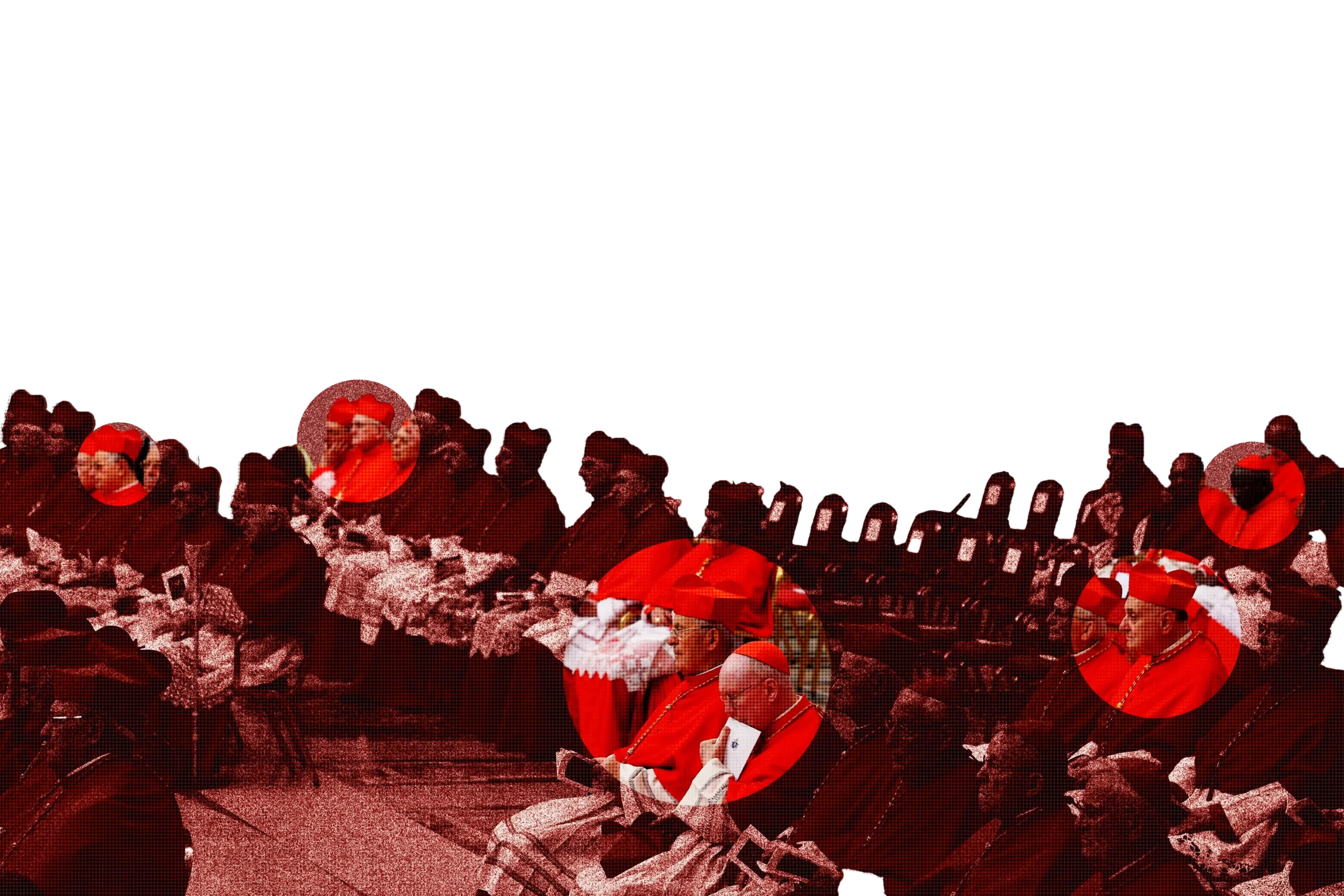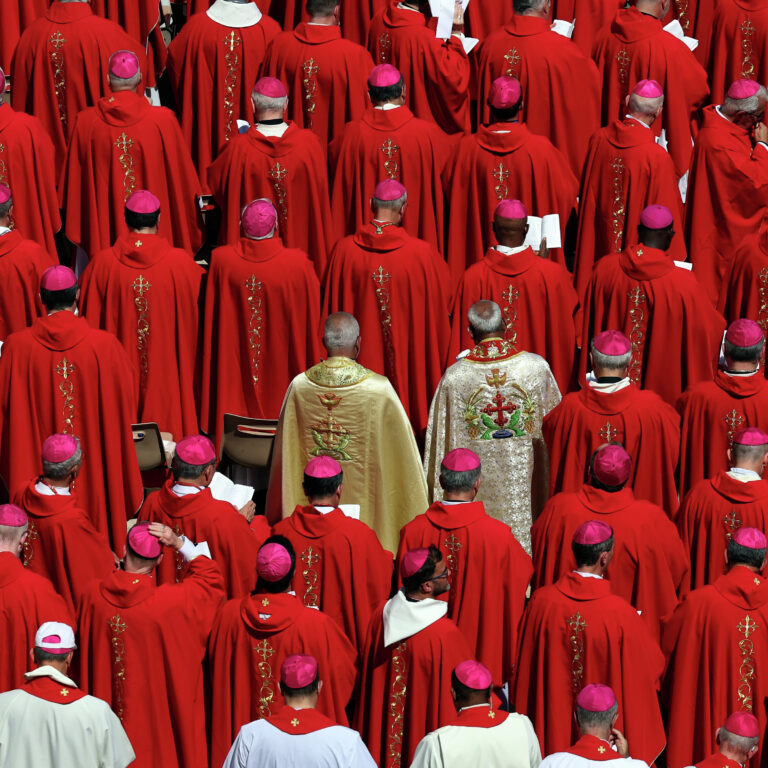Pope Francis and the Spirit of a Missionary Church
In 2013, the first member of the Society of Jesus, Cardinal Jorge Bergoglio, was elected to ascend to the Chair of Peter and took the name Francis. A member of an order once doubted and subject to suspicion by the Vatican became the Pope. This event is significant in a broad view of Church history, because the Jesuit Order, itself so long a servant on the “frontline” missions, touched the very center of the Church. So, what did Pope Francis’s Jesuit identity mean for the Church, and how did it shape his papacy?
The Society of Jesus is best known for its missionary ethos and its distinctive spirituality rooted in the teachings of its founder, St. Ignatius of Loyola. From its earliest days, the order looked outward. Jesuits are known for traveling great distances to bring the Gospel to the world’s edges. St. Francis Xavier, co-founder of the Society, embarked on a one-way missionary journey from Europe through India, to Japan, and finally toward China, where he died. His legacy is one of bold evangelization and cultural encounters.
Through such efforts, the Jesuits became central to the conversion of much of the New World, both in North and South America. Many of these missionaries died as martyrs. Their emphasis on mission always came hand in hand with a strong commitment to education and pastoral care. Jesuit schools and universities can be found across the globe, wherever the order has taken root. They represent a legacy not only of intellectual formation but of deep engagement with human experience.
Yet the influence of the Jesuits within the Catholic Church has often been met with varied attitudes. Admired for their learning and zeal, they have also been viewed by some with suspicion. The head of the Jesuits, the Superior General, was once colloquially referred to as the “Black Pope” due to his black cassock and the power he was thought to wield from behind the scenes.
This mistrust reached a breaking point in the eighteenth century when Pope Clement XIV suppressed the order altogether. The move came under intense pressure from European monarchs who viewed the Jesuits as too independent, too powerful, and too international. Their vow of obedience, not only to their superiors but also to the pope himself, made them unique, and for some, uniquely dangerous. The suppression was a devastating blow. But the Society endured underground until the order was fully restored by Pope Pius VII in 1814.
This history gave weight to the election of Pope Francis. For the first time, a member of a religious order whose role had often been marginal or even adversarial in Church politics was chosen to lead. A missionary order that historically served on the peripheries found itself at the heart of Catholic authority.
Pope Francis did not leave his Jesuit formation behind. Jesuits have long spoken of the “peripheries,” and Pope Francis brought this language and focus to the world stage. He reinvigorated the Church’s attention to those on the margins, whether geographic, economic, or spiritual. Migrants, the poor, the incarcerated, and the forgotten are not peripheral in his eyes. They are central. His emphasis on mercy over judgment, on encounter over condemnation, reflects deeply Ignatian values shaped by years of formation in Jesuit communities.
This orientation was also visible in his papal style. Francis shifted the tone of the papacy from one of command to one of accompaniment. He wore a wooden pectoral cross, chose simpler papal apartments, and emphasized humility in word and action. He recognized the Church not as a citadel for the perfect, but more so as a “field hospital,” a place to care for the wounded.
His call for ‘synodality,’ a more consultative and listening-based form of Church governance, drew directly from the Ignatian practice of discernment. In Ignatian terms, discernment is not a vague spiritual exercise but a disciplined method for listening: listening to others, to conscience, and to the movement of the Holy Spirit through shared conversation. Pope Francis brought this method into global ecclesial life, calling on bishops, clergy, and laypeople alike to enter into dialogue, especially with those whose voices have historically been left out.
The response to his papacy was deeply divided, partly due to this ‘synodal way’. In an era marked by stark political and ideological boundaries, many in the Church viewed Pope Francis through the same lens of political polarization. For some, he was too ambiguous, too focused on dialogue, and not definitive enough in matters of doctrine. For others, he was recognized as a source of inspiration and renewal, bringing attention back to the heart of the Gospel: mercy, justice, and love for the least among us. Although these two ideas are not necessarily opposed, differing views of what the church should look like presented Pope Francis a significant challenge.
In any case, to understand Pope Francis, one must understand the Jesuit heart beneath his white cassock. He was sometimes known as a man of paradoxes. He spoke of power with suspicion, yet exercised authority. He maintained continuity with Church teaching, yet urged reform in tone and structure. He led the Church not by insisting on answers, but by asking deeper questions. Over the coming years, we will begin to more fully understand how Pope Francis’ papacy shaped the Church, and how he will be remembered.
At a time when many institutions are grappling with change and uncertainty, Pope Francis offered a path shaped not by rigidity, but by reflection. He called the Church not to retreat, but to reach outward as Jesuits typically do. In the first Jesuit pope, the restless, reforming spirit of St. Ignatius of Loyola has found its way to the heart of Catholicism.







